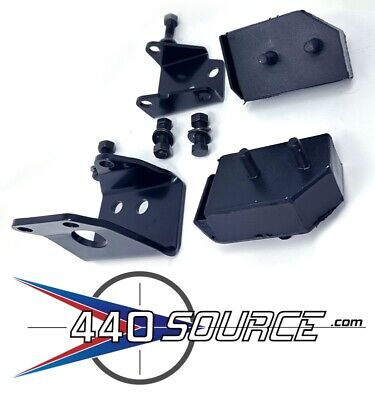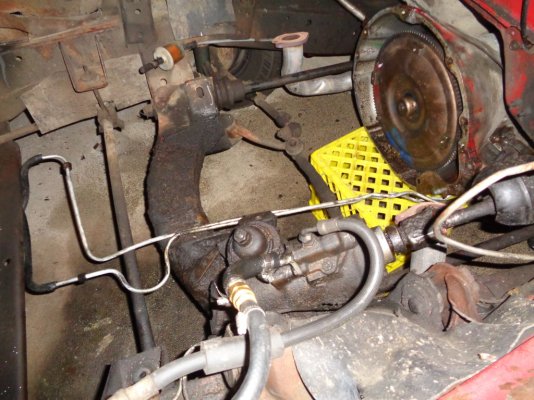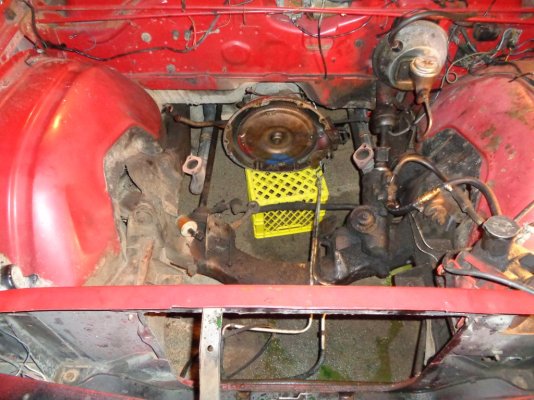The 1965 Plymouth service manual is the only '65 manual I can find that shows frame dimensions.
I compare the 1965 Fury diagram with 1967. Since Fury had slant-6 and V-8 options for both years, I'm comparing the V-8 diagrams only.

The 1966 Chrysler and Monaco frame diagrams matches the above '67 diagram, so the change or transition in the motor-mount detail happened between '65 and '66.
I believe that 1965 was the last year for the wedge 413 / 426 engines - yes? But weren't also B block and A (small block 318 polysphere) also engine options for Fury in 1965?
I'm trying to understand what V8 options were available for the Fury in 1965, and how could all of them sit on those same frame mounts. And then the mounts changed in 1966?
Did all Chrysler frame engine mounts also change from '65 to '66 ?
(I now believe I have the above 1965 Fury V-8 frame, I will take a tape measure to it tomorrow and see if I get 21 11/16" between the holes)
I compare the 1965 Fury diagram with 1967. Since Fury had slant-6 and V-8 options for both years, I'm comparing the V-8 diagrams only.
The 1966 Chrysler and Monaco frame diagrams matches the above '67 diagram, so the change or transition in the motor-mount detail happened between '65 and '66.
I believe that 1965 was the last year for the wedge 413 / 426 engines - yes? But weren't also B block and A (small block 318 polysphere) also engine options for Fury in 1965?
I'm trying to understand what V8 options were available for the Fury in 1965, and how could all of them sit on those same frame mounts. And then the mounts changed in 1966?
Did all Chrysler frame engine mounts also change from '65 to '66 ?
(I now believe I have the above 1965 Fury V-8 frame, I will take a tape measure to it tomorrow and see if I get 21 11/16" between the holes)



















